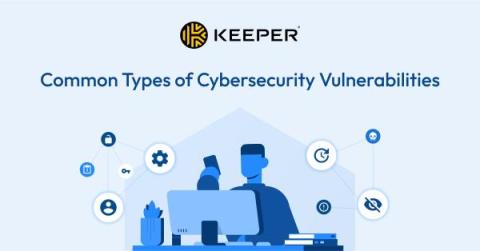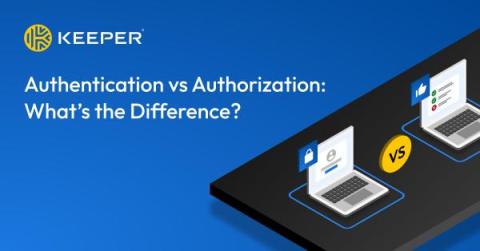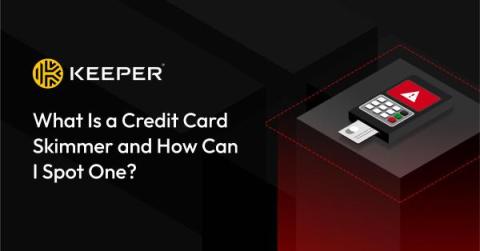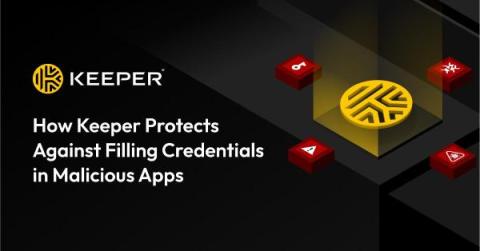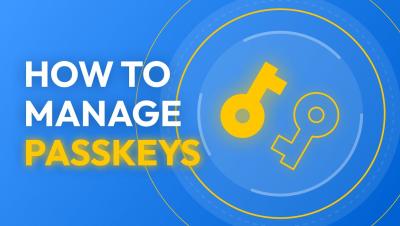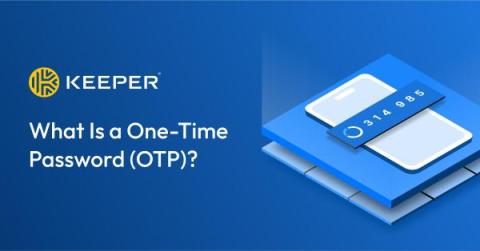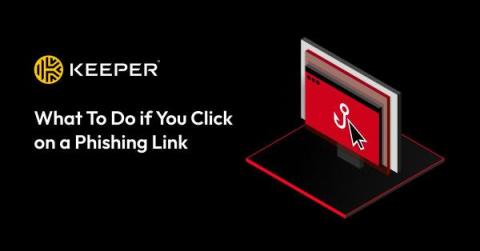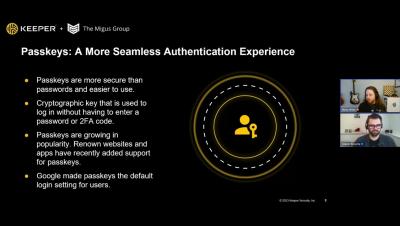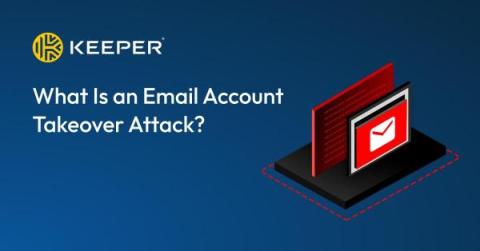Common Types of Cybersecurity Vulnerabilities
Common cybersecurity vulnerabilities that cybercriminals can exploit include weak credentials, lack of data encryption, misconfigurations, out-of-date software and zero days. These vulnerabilities often lead to cyber attacks that bypass an organization’s security measures and steal confidential data. Organizations need to identify and mitigate these vulnerabilities to prevent security breaches.


